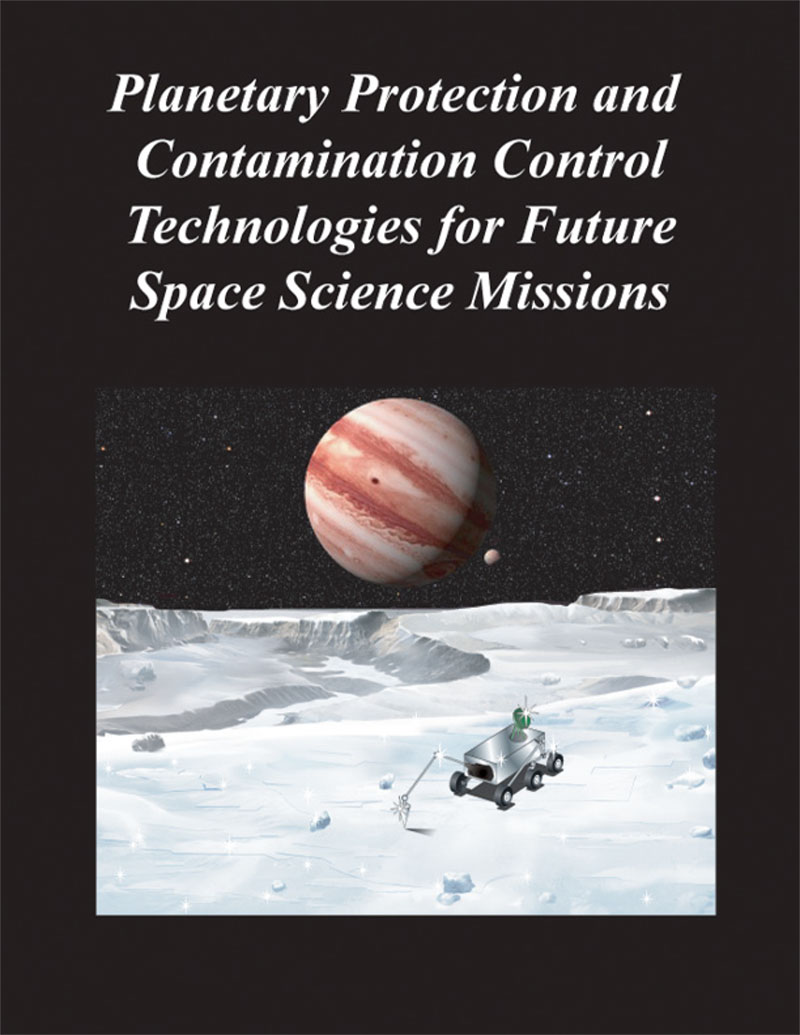Planetary Protection and Contamination Control Technologies for Future Space Science Missions

| Language |
|
|---|
A review of technology needs in Planetary Protection and science contamination control was conducted at the Jet Propulsion Laboratory. This review was led by a Steering Committee consisting of project management and key mission analysts. The assessment team began by integrating the historical data on satisfying Planetary Protection requirements and then analyzed the design needs for future planned missions. The group then developed a framework to address the scope of issues in order to identify and prioritize outstanding technology needs. During this process, the assessment team determined that contamination control issues, driven by science rather than policy, were closely related to those of Planetary Protection and that both sets of goals would be more effectively addressed jointly rather than taken individually.
Using this framework, the group was able to develop lists of required capabilities and articulate specific technology goals for planned missions to Mars and beyond for the next decade, using the Design Reference Mission Set in use by NASA strategic planning groups. This framework included anticipated, though yet not formalized, requirements in both science instrumentation as well as Planetary Protection. From there, the assessment team developed roadmaps synchronizing the technology development to address these requirements with mission planning schedules. These roadmaps are tied to mission milestones and while they call for attention to a number of specific technologies, the roadmaps also suggest that satisfaction of these requirements is a key top-level requirement, to be integrated with mission architecture at an early phase.
This report addresses technology needs in three general areas: Forward protection, back protection for sample return missions, and systems analysis. The back protection studies do not include the landing site selection, nor the returned sample handling tasks. This report summarizes the major needs in each of these three target areas and makes associated recommendations. Some of these recommendations include:
- Coordination of Planetary Protection requirements with science requirements for contamination control
- Integration of Planetary Protection and contamination control requirements with other top-level requirements, to be addressed at the mission architecture level
- Development of Planetary Protection implementation procedures and technologies to targets of astrobiological interest in the Outer Planets
- Development of modeling expertise in spore and organic contaminant adhesion, contaminant transport, and planetary surfaces and subsurfaces
- Focus of microbial diversity research on environments and organisms relevant to missions currently in the planning stages
- Development of a scheme to organize sterilization and validation techniques in order to minimize redundancies and maximize investment returns
- Synchronization of Planetary Protection technology development and NASA approval (when required) with project milestones
